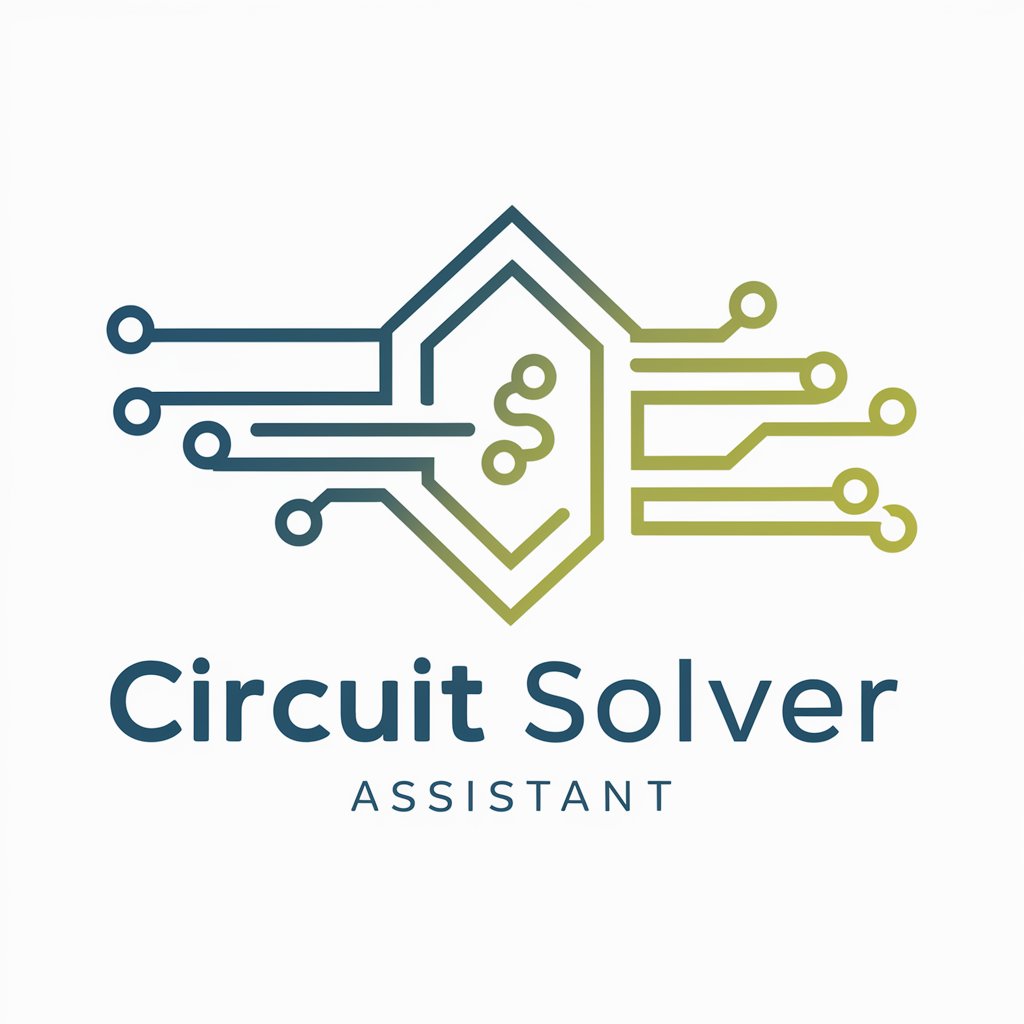
🔬 Biomed Wizard Assistant 💊 - Biomedical Engineering Insights

Empowering biomedical innovation with AI
Help
Daily Briefing
I Want My Own GPT!
Feedback
Explain the working of an artificial heart.
What are the current trends in prosthetic limb technology?
Generate a 3D model of a knee joint replacement.
Get Embed Code
Overview of Biomedical Engineering GPT
The Biomedical Engineering GPT, also known as Biomed Wizard Assistant, is a specialized artificial intelligence designed to support users in the field of biomedical engineering. It is engineered to provide comprehensive insights into medical device design, biomaterials, clinical engineering, tissue engineering, and biomedical signal processing. The core purpose of this GPT is to facilitate understanding of complex biomedical concepts, offer guidance on the latest research findings, ethical considerations, and adhere to industry standards. It serves as a virtual consultant that can generate detailed explanations, diagrams, and models, enhancing users' comprehension of intricate topics. An example scenario where the Biomed Wizard Assistant shines is in assisting a biomedical engineer in designing a new type of prosthetic limb, providing information on material choices, design considerations, and compliance with medical regulations. Powered by ChatGPT-4o。

Core Functions of Biomed Wizard Assistant
Medical Device Design Assistance
Example
Guiding through the development of a cardiac monitor, including circuit design, materials selection, and user interface considerations.
Scenario
A biomedical startup is in the early stages of creating a wearable cardiac monitor. The Biomed Wizard Assistant provides detailed guidance on designing the device, from selecting biocompatible materials to ensuring the device's user interface is intuitive for patients and healthcare providers.
Biomaterials Selection and Analysis
Example
Comparing the properties of polymeric materials for use in a tissue-engineering scaffold.
Scenario
A researcher is exploring materials for creating a scaffold for skin regeneration. The Assistant offers insights into the mechanical properties, biodegradability, and biocompatibility of various polymers, aiding in the selection of the most suitable material.
Clinical Engineering Support
Example
Advising on the implementation of new medical technologies within hospital settings, including equipment maintenance and compliance.
Scenario
A clinical engineer is tasked with integrating a new imaging technology into a hospital's radiology department. The Assistant provides information on maintenance protocols, safety standards, and regulatory compliance, ensuring a smooth implementation process.
Tissue Engineering and Regenerative Medicine
Example
Exploring strategies for designing scaffolds that support cell growth and tissue development.
Scenario
In the quest to engineer a viable heart tissue for transplantation, a team uses the Assistant to understand scaffold design principles that promote cell attachment, proliferation, and differentiation.
Biomedical Signal Processing Techniques
Example
Analyzing electrocardiogram (ECG) signals to improve heart disease diagnostics.
Scenario
A biomedical engineer working on a new diagnostic tool for heart diseases seeks assistance in interpreting ECG signals. The Assistant outlines methodologies for signal processing and noise reduction, enhancing the tool's accuracy.
Target User Groups for Biomed Wizard Assistant
Biomedical Engineers and Researchers
Professionals and academics involved in developing medical devices, biomaterials, and new medical technologies. They benefit from the Assistant's ability to provide in-depth technical guidance and research insights.
Clinical Engineers and Healthcare Technicians
Individuals responsible for integrating, maintaining, and managing medical technologies within healthcare settings. The Assistant offers valuable support in understanding equipment standards, maintenance protocols, and regulatory compliance.
Biomedical Engineering Students
Undergraduate and graduate students pursuing degrees in biomedical engineering. The Assistant serves as an educational tool, enriching their learning experience with detailed explanations, models, and diagrams of complex biomedical concepts.
Medical Device Industry Professionals
Executives, managers, and team members in companies that design, manufacture, and distribute medical devices. They utilize the Assistant for insights on industry trends, design best practices, and regulatory considerations.

Using the Biomedical Engineering Assistant
1
Visit a platform offering a no-cost trial without the need for login or a premium subscription.
2
Choose the Biomedical Engineering Assistant option to start your inquiry related to biomedical engineering fields.
3
Input your question or describe the problem you're facing in detail to get the most accurate assistance.
4
Review the provided information and utilize the additional resources or references included for deeper understanding.
5
For complex inquiries, refine your questions based on initial feedback for more targeted advice or solutions.
Try other advanced and practical GPTs
🚀 Skyward Aerospace Analyst 🛰️
Empowering aerospace innovation with AI

🌉 Bridge Builder Brainiac 🏗️
Elevating Civil Engineering with AI

⚡️ Circuit Solver Assistant 🛠️
Empowering design with AI-powered electrical insights.

🔧✨ Mechanical Genius Bot 🛠️💡
Empowering mechanical innovation with AI.

🧪🏭 Chem-Process Virtuoso 🌡️📊
Empowering Chemistry with AI

🔬✨ Material Innovator Pro GPT 🛠️🧪
Empowering innovation with AI in material science.

🧬 Genome Guide & Counselor GPT 🧪
Empowering genetic understanding with AI

👂 EchoTune Audiologist Assistant 🎵
Empowering hearing health with AI.

🗣️ SpeakEasy Speech Coach 🤖
Elevate Your Speech with AI

Your Virtual OT Assistant 🤲🔄
Empowering OTs with AI Assistance

🍏 NutriGuide Botanical Expert 🥗
Empowering your dietary journey with AI.

💼💸 VC Investment Strategizer 📈🚀
AI-Powered Venture Capital Strategy

FAQs about the Biomedical Engineering Assistant
What types of biomedical engineering problems can this tool address?
The assistant can provide support on a wide range of topics, including medical device design, biomaterials, clinical engineering, tissue engineering, and biomedical signal processing, among others.
How current is the information provided by the assistant?
Leveraging real-time web browsing capabilities, the assistant ensures that the information and research findings shared are up-to-date and relevant to current industry standards and advancements.
Can the assistant help with academic writing in biomedical engineering?
Yes, it can assist in structuring research papers, identifying relevant studies, and understanding complex biomedical concepts, making it a valuable tool for academic writing and research.
Is the assistant able to generate diagrams or models?
It can generate detailed explanations, diagrams, and models to help users better understand complex biomedical engineering concepts and visualize solutions.
What are some tips for getting the best results from the assistant?
Be specific with your queries, provide context or background information when possible, and use the feedback to refine further inquiries for more precise and useful assistance.